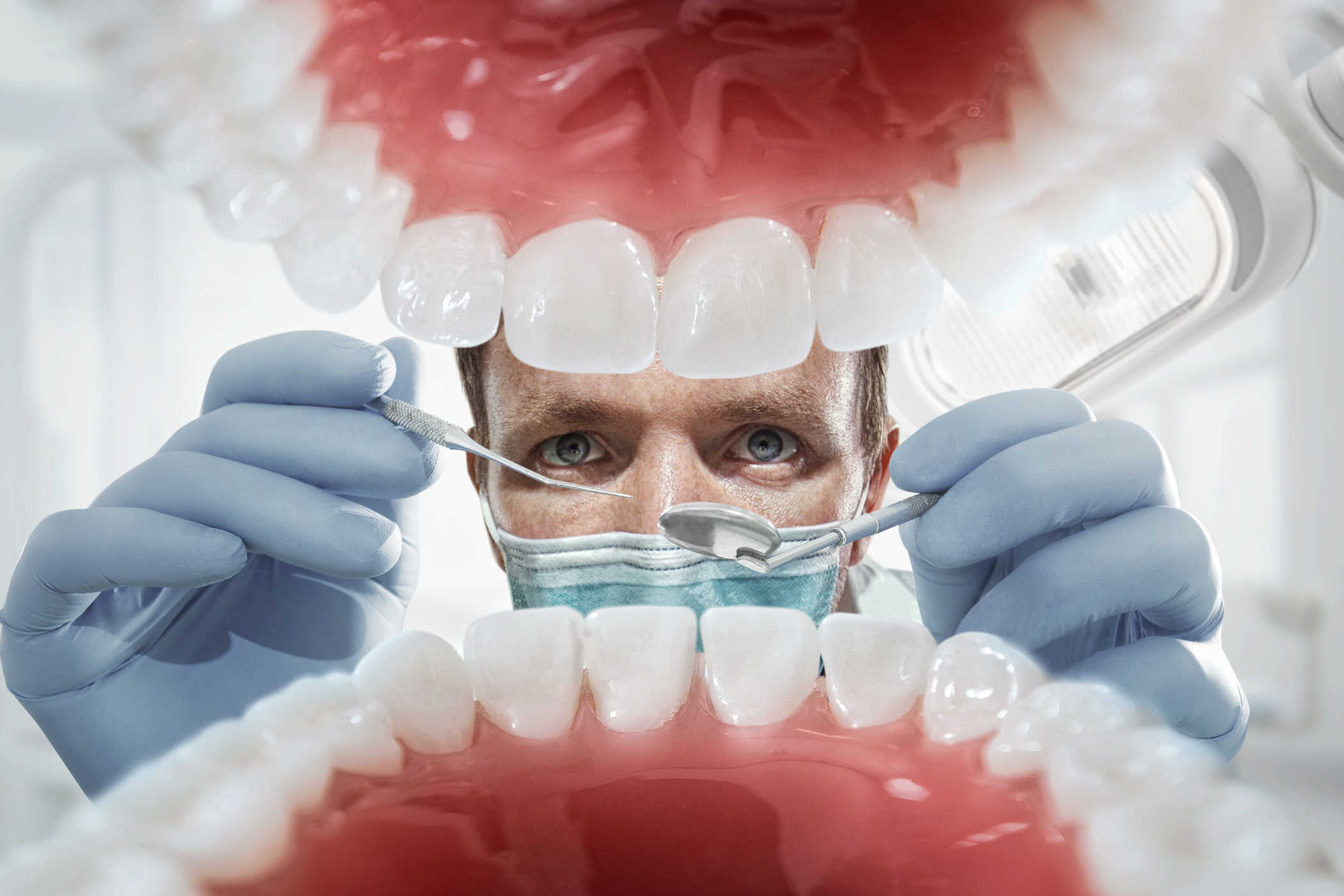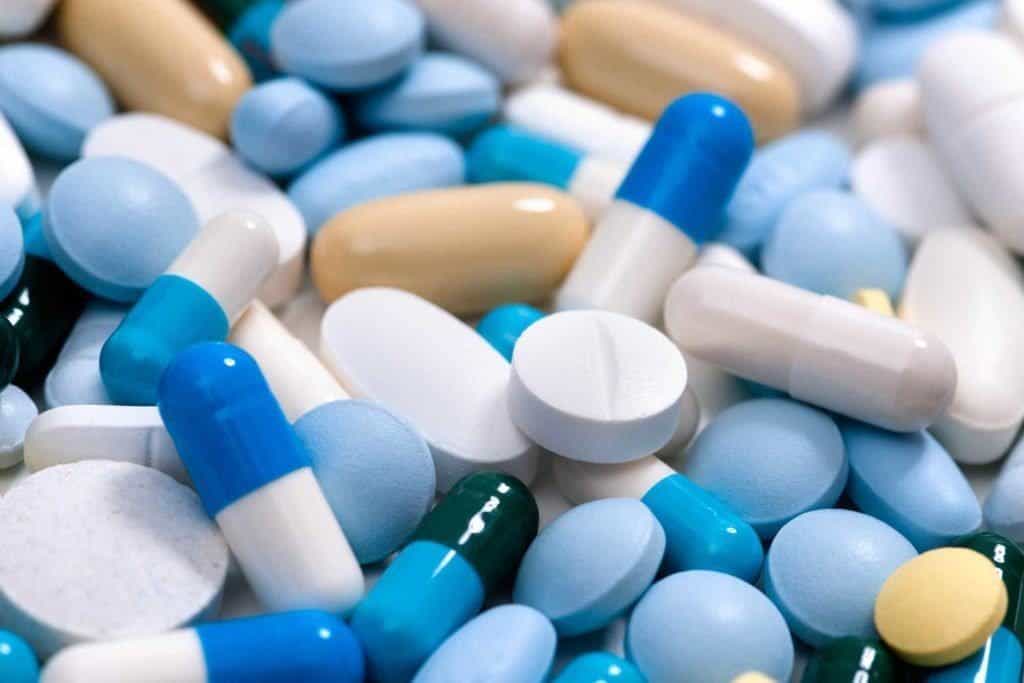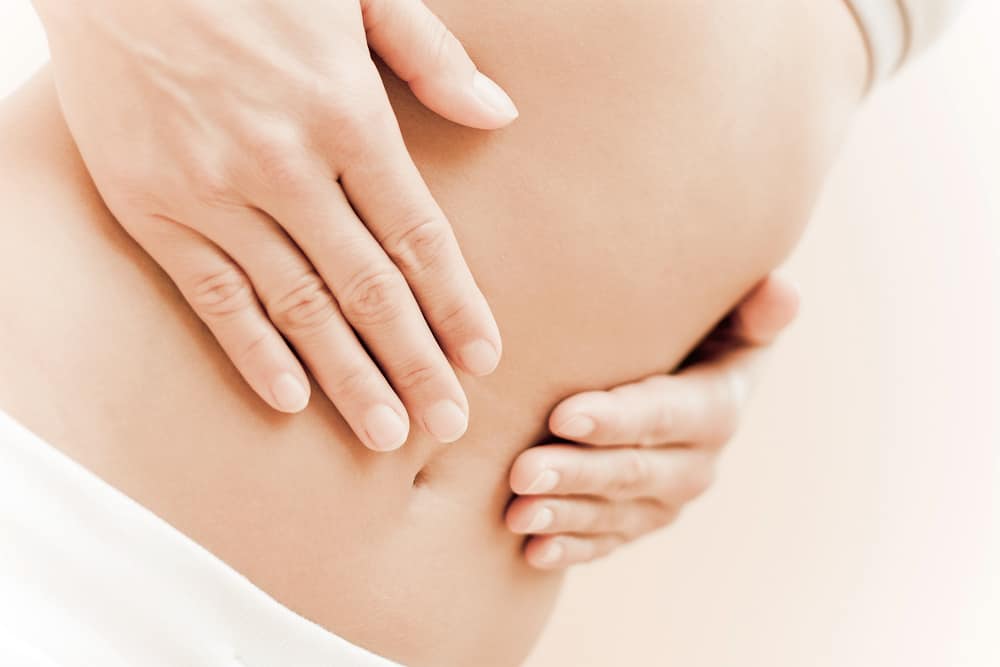Contents:
- Medical Video: What has dental pain been described as feeling like?
- 1. High-tech X-ray
- How does digital x-ray work?
- What is the use of digital X-ray?
- 2. Laser to detect cavities
- How does this laser work?
- 3. Computer-assisted design (CAD) / computer-assisted manufacture (CAM) technology
- 4. Care for broken teeth
- 5. Toothpaste that can restore lost minerals
- What is the difference between this toothpaste and ordinary toothpaste?
Medical Video: What has dental pain been described as feeling like?
What is usually the reason for you to come to the dentist? Is it due to toothache? Or other dental problems? Or just just check-up?
Today the development of technology in various fields is advancing very rapidly, not to mention also in the field of dental and oral care. Come on, see the following 5 new technologies for dental and oral care.
1. High-tech X-ray
For those of you who imagine X-rays or x-rays are a model of bone on a black and white sheet, now imagine the model of your teeth on the sheet. Many dentists have started using digital X-rays to replace traditional radiographs. Digital X-rays are faster and more efficient than traditional radiographs.
How does digital x-ray work?
First of all, a digital x-ray uses an electronic sensor or a phosphor plate placed in the patient's mouth to take pictures. This digital image will later be scanned onto the computer. Dentists will be able to store this digital image on a computer to compare with the previous image, or a picture that will be taken in the future to see your dental health from time to time. And because of the help of sensors and phosphor plates that are sensitive to X-rays, the radiation dose can be reduced a lot.
What is the use of digital X-ray?
Digital X-rays can be used to find out if there are hollow teeth, besides that, this digital X-ray can see the strength of the bones under the teeth that support the teeth. Dentists can also use this technology to see where the implant is placed. The dental implant is inserting artificial teeth into an implant (which is made of titanium) placed in the jaw. Digital X-rays can also be used to help the dental root canal dentist to see if the dentist has thoroughly cleaned the canal during the procedure.
2. Laser to detect cavities
Usually, dentists use a device called "explorer" to see if there are cavities in the patient's teeth. The tool is used by placing alternately in your teeth for as long as check up. If the device is connected to one of your teeth, the dentist will look more closely at the tooth to see if there are any signs of cavities.
Today, many dentists leave this "explorer" tool and switch to laser diodes, advanced technology that can detect and eliminate cavities. This laser can be used to see if there is damage to your teeth. After that, the dentist can choose whether the dentist will control the tooth, or compare the level of tooth decay with subsequent examinations, or recommend patching the cavities.
How does this laser work?
When healthy teeth are exposed to waves in the laser diode, the waves do not display color on the monitor, so the monitor shows a low wave. However, if there are cavities, the wave will display the color on the monitor according to the level of damage to your teeth. The more damaged your teeth are, the more waves that are visible on the monitor.
This laser diode does not always only detect teeth that have clearly seen holes, it can also detect tooth decay before being seen. Keep in mind that this tool cannot replace X-rays. This laser can only detect tooth decay on the surface of the tooth. Whereas to detect damage in the middle or in the teeth, it must use X-rays.
3. Computer-assisted design (CAD) / computer-assisted manufacture (CAM) technology
This tool serves to speed up the process of making and installing dentures. Usually, if a patient needs dentures, then the dentist must make your dental prints and then give temporary dentures. After waiting for some time, you can get permanent dentures. With this CAD / CAM technology, your teeth can be given a hole to make room for dentures and directly photographed by a computer. The image taken was then scanned by a machine that immediately made dentures right then. So, you can save time on installing dentures without needing to go back and forth several times to the dentist.
4. Care for broken teeth
If your teeth are broken, now technology can improve your teeth while still looking natural compared to previous technologies. At present, the broken tooth part will be coated with resin, which looks more shiny and more durable than the material used for repairing the previous broken teeth. Usually, the dentist will overlay the resin in the broken tooth to glue and repair the broken tooth. Because the color of resin has range quite a lot, this resin can blend together and look similar to the original color of the tooth.
5. Toothpaste that can restore lost minerals
Toothpaste that can function to restore lost minerals, help cope with cavities, and treat the sensitivity of your teeth when you sleep can already be purchased online or from a distributor at a specialist dentist. This product is predicted to be sold in supermarkets later this year.
What is the difference between this toothpaste and ordinary toothpaste?
This toothpaste contains BioMInF. BioMInF itself functions to release calcium, phosphate and fluoride gradually for 8-12 hours to form fluorapatite minerals. Fluorapatite serves to build, strengthen, and protect tooth structures. Fluoride which is released in stages is also useful to cope with cavities. In contrast to ordinary toothpaste whose fluoride content no longer works effectively after 2 hours of brushing your teeth. Professor Robert Hill from Queen Mary, University of London who led the BioMInF discovery stated that this toothpaste can help your teeth to be stronger when "meeting" with drinks such as fruit and soda juice, or eating or drinking cold products.
READ ALSO:
- 5 Habits That Unconsciously Ruin Teeth
- Why Sometimes the Youngest Teeth Must Be Revoked?
- 3 Natural Recipes for Whitening Yellow Teeth












